Description
Chances are, you’ve encountered products containing Nonylphenol Polyoxyethylene (NPE), perhaps without even realizing it. This chemical compound, often found in detergents, paints, and pesticides, has been a workhorse in various industries for decades due to its effectiveness as a surfactant. However, its widespread use has raised serious concerns about its potential harm to both the environment and human health, leading to increasing regulatory scrutiny and a push for safer alternatives.
What is Nonylphenol Polyoxyethylene?
At its core, NPE is a nonionic surfactant, meaning it helps to reduce the surface tension of liquids, allowing them to mix more easily. This property makes it valuable in a wide range of applications. NPE is formed by reacting nonylphenol with ethylene oxide. The resulting molecule consists of a nonylphenol “tail” and a polyoxyethylene “head,” giving it both hydrophobic (water-repelling) and hydrophilic (water-attracting) properties.
The “Good”: Applications of NPE
The unique properties of NPE have made it a popular choice in various industries:
Detergents and Cleaners: NPE’s ability to break down oils and greases makes it a common ingredient in household and industrial cleaning products, laundry detergents, and dish soap.
Paints and Coatings: NPE acts as a dispersant and emulsifier in paints, enhancing their coverage and stability.
Textile Processing: It’s used in the textile industry for wetting, scouring, and dyeing processes.
Pesticides: NPE can act as an emulsifier in agricultural pesticide formulations.
Paper and Pulp Industry: It’s utilized as a pulping aid and in deinking processes.
The “Bad”: Environmental and Health Concerns
Despite its versatility, the use of NPE has been met with growing concerns due to its environmental degradation and potential health impacts:
Breakdown into Nonylphenol (NP): The most significant concern lies in the fact that NPE breaks down in the environment into nonylphenol (NP), a much more toxic and persistent substance. NP is an endocrine disruptor, mimicking hormones and potentially disrupting the hormonal systems of both wildlife and humans.
Aquatic Toxicity: NP is especially toxic to aquatic life, even at low concentrations. It can cause reproductive problems and developmental abnormalities in fish and other aquatic organisms.
Persistence and Bioaccumulation: NP is persistent in the environment and can bioaccumulate in the food chain, meaning it can build up in the tissues of organisms over time, posing a greater risk to predators at higher trophic levels.
Potential Human Health Impacts: While direct human exposure to high levels of NPE is less common, concerns exist about potential exposure through drinking water and food contamination. The endocrine-disrupting properties of NP raise worries about potential reproductive and developmental effects in humans.
The Transition to Alternatives and Regulation
The recognition of these risks has led to increasing regulation and a push for the replacement of NPE with safer alternatives. Many countries have restricted or banned the use of NPE in certain applications.
Regulation: The European Union has banned the use of NPE in most cleaning products and several other industrial applications. Similar restrictions are being implemented in other regions, and increased scrutiny is pushing manufacturers to find alternatives.
Alternatives: Companies are exploring and adopting various alternative surfactants with improved environmental profiles, such as alcohol ethoxylates, alkyl polyglucosides, and other plant-based options.
Moving Forward: A Responsibility to Choose Wisely
The story of Nonylphenol Polyoxyethylene highlights the importance of evaluating the life cycle impact of chemicals. While NPE has provided utility in numerous applications, the environmental and health risks associated with its use and breakdown products necessitate a shift towards safer and more sustainable alternatives. As consumers, we can also play a role by choosing products that are free from NPE and supporting companies that prioritize environmental responsibility.
The ongoing effort to understand the complexities of chemical compounds and their impact on our planet is crucial. By making informed decisions and advocating for responsible chemical management, we can help ensure a healthier future for both humans and the environment.

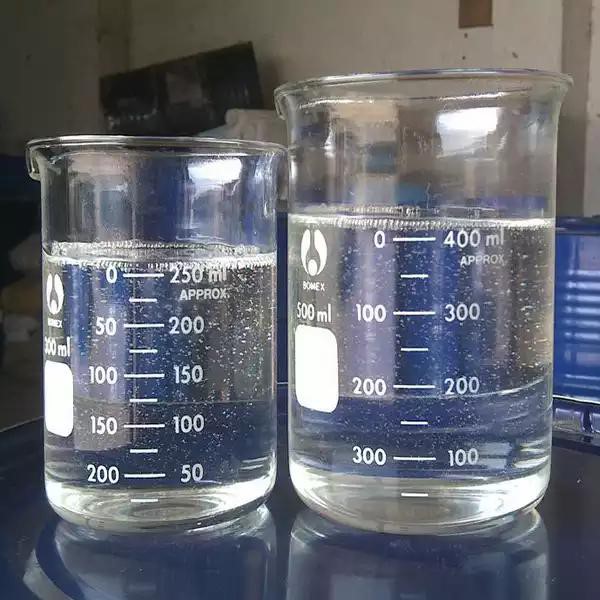


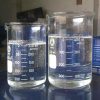
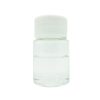
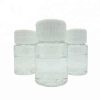
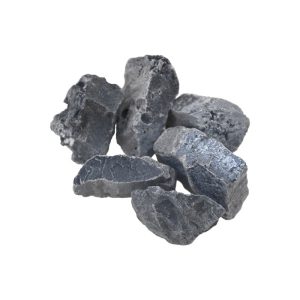

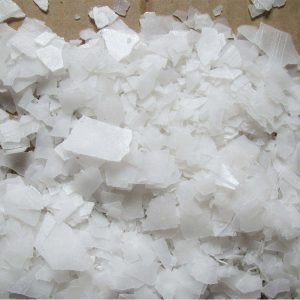
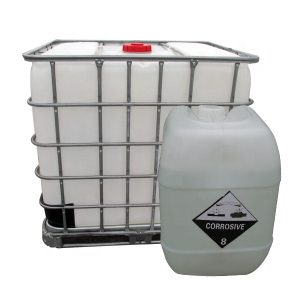

Reviews
There are no reviews yet.